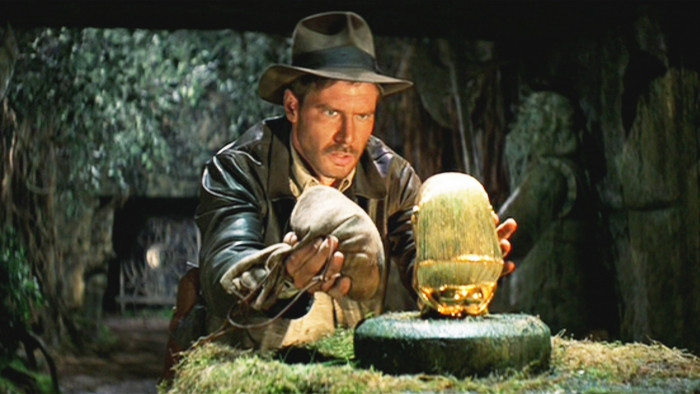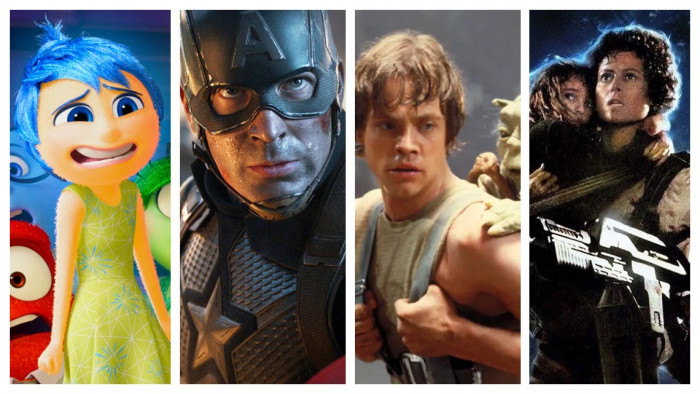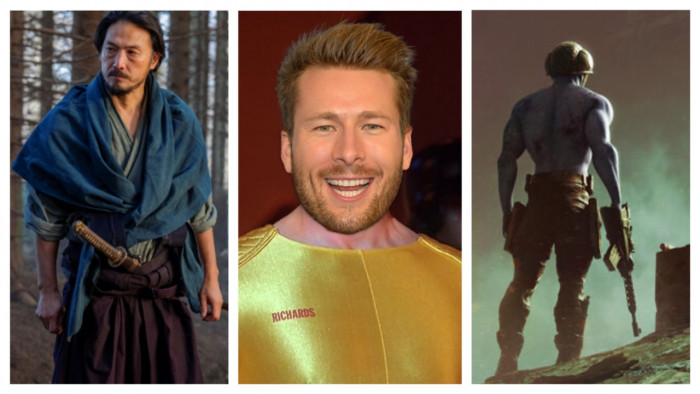Do terrifying times call for terrifying movies? We asked directors why horror has dominated 2017
Horror films are back with a vengeance, but what's behind their resurgence?


While the rest of the world burns, horror films are having a fantastic time.
In recent years (and in 2017 in particular) horror movies have been among the biggest box office hits at the cinema. And it’s not just incredible commercial success (It, Annabelle: Creation, Split), horrors have also been the most controversial and talked-about cultural forces of the year (Get Out, mother!).
Jordan Peele’s Get Out – a full-throated assault on the terror of racism in white America - has even been talked about as a possible Oscar contender. With a beautiful performance by black British actor Daniel Kaluuya, the film seemed to perfectly encapsulate the violent mood of racist police shootings, Black Lives Matter and the growing alt-right/white supremacy movement in Trump’s America.

Daniel Kaluuya in Get Out
Of course, a simple answer as to why horror films are successful is that we, as viewers, like to be scared. When we live mundane, straight-laced lives it’s a thrill to be jolted back into existence with a perfectly-timed jump scare in a dark cinema.
But, according to horror filmmakers, there’s more to the success of the genre than just being frightening.
Jeremy Gillespie, co-director of The Void, told me: “Horror seems to mirror the times in which it’s made, and I think there’s plenty going on in the world right now that filmmakers and audiences are working through.”
So is it that horror filmmakers are producing such well-received work because of our turbulent, terror-filled, Trumpian new world?
Katie Bonham, a short film director, said: “I think the one thing that horror has showcased is how adaptable it is at commentating on cultural and social fears of our time. From governments to major health pandemics, horror has the ability to tap into particular phobias that manifest into metaphors and analogies that we see on screen.”
“There’s plenty going on in the world right now that filmmakers and audiences are working through”
Bonham, whose recent work includes the frightening Mindless and Mab, added: “It’s fighting fear with fear as it explores the social elements relevant to a specific time.”
Indeed, many horror films of the 1980s and 1990s, with their obsession with blood, can be seen as a discussion about the real-life horror of AIDS and the devastation it inflicted on LGBT+ and minority communities.
As well as reflecting concerns about our own time, horror films are so effective because they tell the stories (especially of women) that more mainstream genres overlook.
After a string of beautiful and powerful female-focused films in recent years (The Babadook, It Follows, The Witch), this year has continued the trend of championing complex female characters.
Darren Aronofsky’s mother!, perhaps the most controversial film of the year, at first left me cold. But after a few days something began to fester inside me, like the rotting house at the centre of the movie, and I began to appreciate the fascinating strands around gender and womanhood in the film.

Jennifer Lawrence in mother!
And reflecting the revolutionary #metoo movement currently shaking Hollywood post-Harvey Weinstein, Bonham told me: “We are also seeing a movement towards more studio backing and long overdue respect for female filmmakers and creatives within the horror genre, who are creating some of the best crafted and unique horror films, from Ana Lily Amirpour (A Girl Walks Home Alone at Night, The Bad Batch) to Leigh Janiak (Honeymoon).”
Babak Anvari, whose Persian-language film Under the Shadow was one of the best films of 2016, repeated this importance of femininity in horror. He told me: “From day one I knew that my main character would be a mother. So, it was important for me to create a three-dimensional woman.”
Anvari was also able to reflect his own traumatic childhood growing up during the Iran-Iraq war in his film. He said: “My dad was a young doctor during the war, so just like the husband in the film, he had to go and serve at the war for a month every year. Those months weren’t easy on my mum who was on her own looking after me and my brother, and this memory was kind of the genesis of the idea. But we were living in Tehran so the war for us was pretty much missile attacks and airstrikes.
“And the djinn [the frightening mystical force that haunts the film] was the boogeyman when I was a child. Stories about djinn used to really scare me. So in a way those childhood memories of war and scary stories of djinn that I used to hear as a child merged in my head and turned into Under the Shadow.”

Narges Rashidi in Under the Shadow
Perhaps the most important thing that makes horror films seem more relevant to our time (and why they’ve been so successful this year) is that the nature of horror film-making gives it greater freedom and lets it keep on pushing boundaries.
Anvari told me eloquently: “Horror, like science fiction, is a great genre to use metaphors and allegories without coming across heavy-handed.”
Jeremy Gillespie added: “Maybe because it’s thought of as a somewhat low-brow genre by most people it’s free to be more subversive and experimental, because there are less constraints or expectations. But good horror films always tackle weighty subject matter, often in a sort of visceral, unsentimental way.”
(Images: Warner Bros. / Universal / Paramount / Netflix)
Latest
Related Reviews and Shortlists


The 10 best war movies of the 21st century








